The Apple Watch Series 2 Review: Building Towards Maturity
by Brandon Chester on December 20, 2016 8:00 AM EST- Posted in
- Wearables
- Apple
- Apple Watch
- Apple Watch Series 2
Health and Fitness
The original Apple Watch definitely emphasized health and fitness as part of the experience, but I think Apple actually underestimated how significant its role would be. There are many fitness trackers on the market, and many sell for a fraction of the price of a smartwatch. A smartwatch is not a dedicated fitness tracker, but users expect that it will be as useful for tracking health and fitness statistics as a dedicated fitness tracker. Of course, there are limitations in areas like sleep tracking due to the battery life that a smartwatch can achieve, but in general, a smartwatch should aim to be as good as the best fitness tracker in addition to all the other functionality it provides.
watchOS 3 comes with some useful additions related to fitness tracking, with some tying in to hardware improvements made with Apple Watch Series 2. While I’ll be covering these, I also have some thoughts to share based on my own experience with health and fitness tracking on the Apple Watch and how that has impacted my daily life.
When the Apple Watch was first announced I wasn’t sure if it would appeal to me because I was not particularly interested in fitness, and it seemed like I’d be paying for a number of fitness-related features that I wouldn’t use. This was my impression for smartwatches in general, but the Apple Watch was more expensive than the Android Wear devices available at the time. I eventually did get the least expensive model of the original Apple Watch for below its typical price, which I was able to justify as necessary to familiarize myself with the OS and to examine smartwatches as a development platform. At that time, I was still really skeptical that any of the health and fitness features would benefit me.
As time went on, I found myself making greater use of the fitness abilities built into the Apple Watch. For example, I originally felt that the reminders to stand up each hour were just a nuisance, but they made me think about how I often spend long periods working at a computer without standing up or really moving at all. At this point I still don’t obey them every time, especially if I’m in the middle of something when I get the notification, but I put in a greater effort than I did when I first got the watch. Similarly, I began to focus more on meeting my other activity goals, and I started using the Workouts application to track my activity when jogging or cycling.
A tipping point for me came earlier this year when I realized that I weighed thirty pounds more than I did one year prior. At that point I realized that I needed to make some serious changes regarding my diet and how much exercise I was doing, and the Apple Watch played a big part in both of these. Due in no small part to drinking large amounts of soda, I was taking in somewhere around 3000 calories every day without even realizing it until I actually did the math. However, as someone who clearly had never really kept an eye on their diet, I had no idea what I should bring that amount down to in order to have an overall deficit.
Because the Apple Watch monitors your movement and your heart rate, if you provide the iOS Health application with your mass and height it can provide an idea of your resting and active energy, which gave me exactly the information I needed to set my calorie targets. The Health app also serves as a journal to keep track of my calorie intake, along with specific information about what macronutrients are contributing to it. Combined with the Apple Watch’s Activity goals, I had created a set of health and fitness rules that would put me on the right path to meet my goals. Right now I’m about 75% of the way toward my target body mass, and I can safely say that I don’t have the conviction to keep on track without these technologies constantly keeping me in check.
While this story may not be directly relevant to you, I wanted to share it because I’m confident that I’m not the only one who thought they wouldn’t care at all about the health and fitness features of Apple Watch but discovered that it actually had value for them. Even if you aren’t heavily interested in fitness, the Apple Watch’s activity goals are a fun and non-intrusive way of ensuring that you get enough exercise, particularly as the winter days get colder and staying inside all day becomes increasingly enticing. I suppose the point I’m trying to make is that you should keep an open mind, as you may care about these things more than you currently realize, especially once you have something there to remind you about them.
It's hard to meet your Activity goals when you wake up at 3pm on a cold and rainy Saturday
Now, as I mentioned before, watchOS 3 and Apple Watch Series 2 come with some improvements for fitness tracking. I’ve already touched on the new Activity watch faces which put your Activity rings right in your view when you look at your watch. Of course, there was always an Activity complication, but it was much more difficult to check the status for the three individual goals with a tiny complication than it is with a dedicated watch face. Something I didn’t show earlier is that the Activity Analog face actually comes in two styles. The first has the three rings styled as they normally are, with the Move ring encircling the Exercise ring and the Stand ring in the center, while the second places each ring as a subdial. I personally use the first arrangement, but the subdial face is a nice throwback to traditional watches.
Apple Watch Series 2’s improved waterproofing allows it to be submerged at a depth of 50 meters. The original Apple Watch was generally able to survive a short time in the pool or taking a shower, but Apple didn’t explicitly advertise it as anything but water-resistant. With the Apple Watch now being officially waterproof, Apple has been able to add new workouts for open water swimming and pool swimming. I tend to avoid jumping into water in the winter, so I haven’t had a chance to test these modes, but as far as water-resistance goes I never had an issue with the original Apple Watch so I’ve had nothing to fear with Apple Watch Series 2. I did want to go back to the point I made earlier about the bands, as I’ve really been avoiding getting the watch wet due to how unpleasant it is to wear the nylon band after it absorbs water. If you plan to bathe, shower, or swim with Apple Watch Series 2, choose the Sport band.
Another new capability enabled by hardware improvements in Series 2 is accurate position tracking done directly on the watch. The Apple S2 SiP has integrated GPS, which means that it’s not necessary to bring an iPhone along on workouts. When you combine this with the Apple Watch’s ability to store music locally and play to Bluetooth headphones, it really makes it possible to go out for a run with music using only the Apple Watch. I’ve personally done this a number of times using Bluetooth headphones, and with the AirPods now shipping I would imagine that more users will try this out.
The last new health-related feature that I know of in watchOS 3 is the Breathe application. As its name suggests, this application encourages you to take time to relax and focus on deep breathing. By default, the app will also prompt you every four hours to take time to breathe. The idea behind this is that it can help with managing stress. Based on my own research, opinions are somewhat mixed on whether this is effective, but I did come across some reputable studies that showed a possible relation between this type of exercise and reduced stress. However, I’ve turned it off, and Apple’s quoting of a known charlatan when explaining its purpose at the launch event has done absolutely nothing to give me confidence in its efficacy. To each their own, but Breathe is one Apple Watch feature that I’ve been going without.
Overall, both watchOS 3 and Apple Watch Series 2 bring noticeable improvements in the health and fitness tracking experience. watchOS 3 now allows you to have your fitness goals at the forefront of the UI, and Apple Watch Series 2 gives you true waterproofing and accurate route tracking without the need of an iPhone. Syncing music to the watch means you can listen to music on a run without having a phone moving around in your pocket or strapped to your arm, although until the watch gets cellular you won’t be able to escape needing the paired iPhone for everything. Even so, Apple is definitely trying to hit and exceed the standards of the best fitness trackers, which is essential in a good smartwatch.



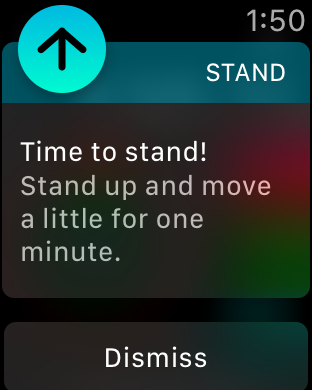
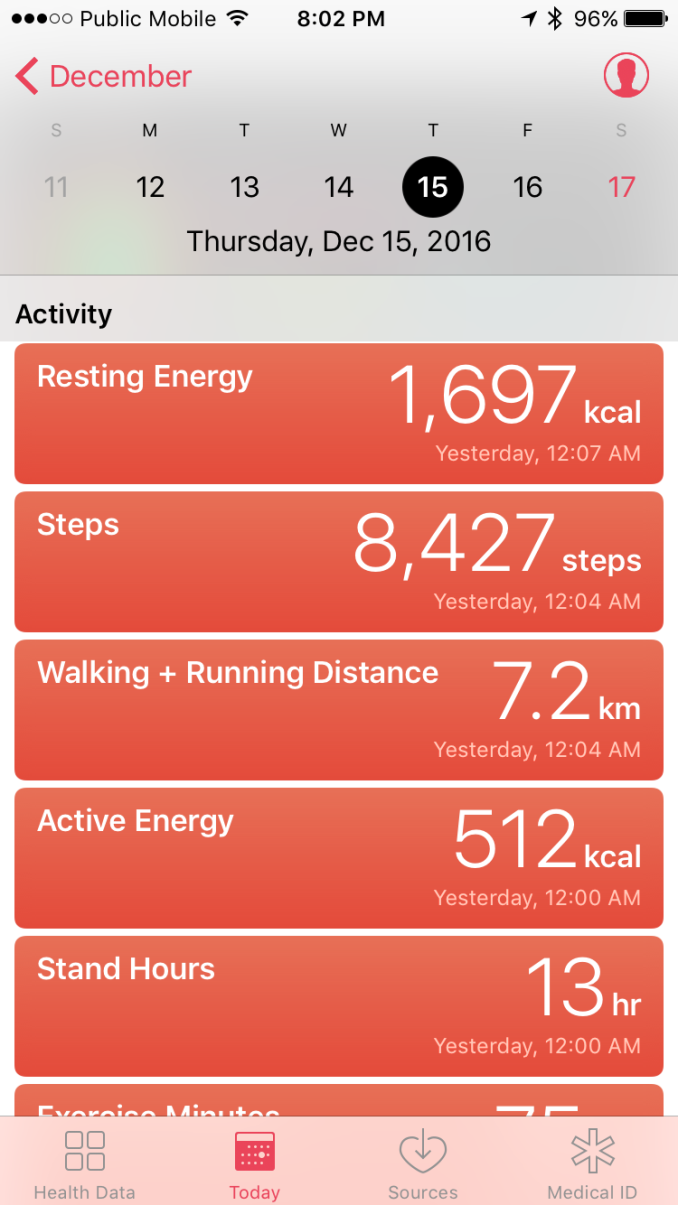
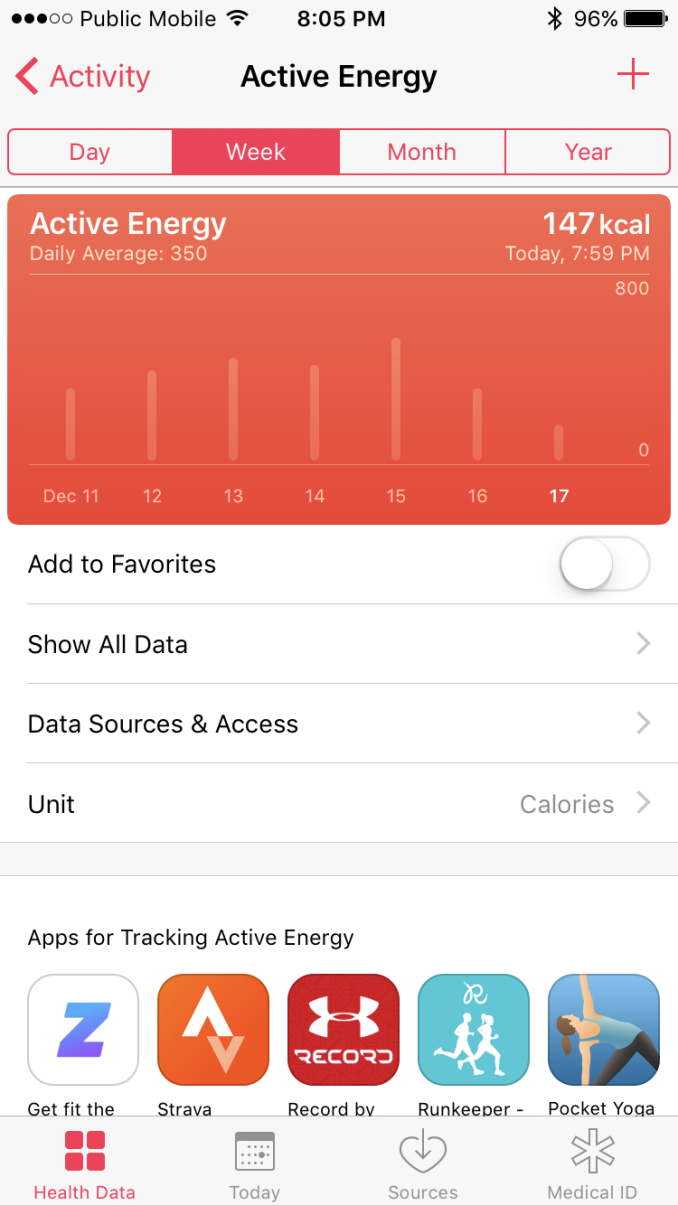
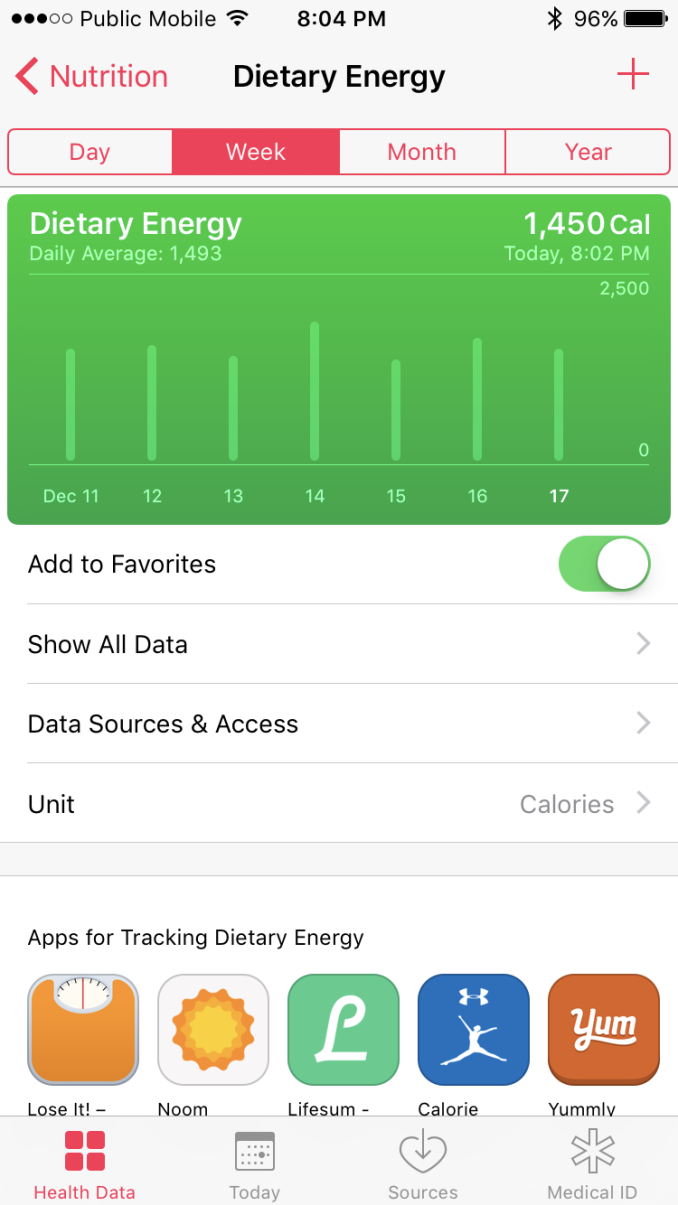

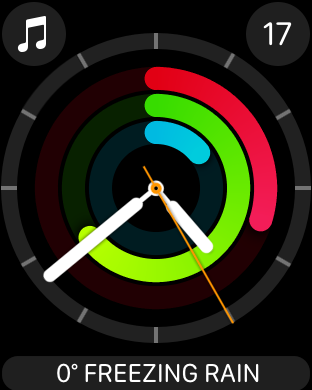
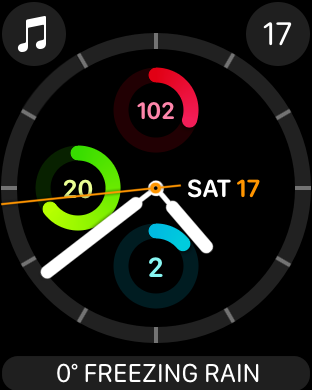
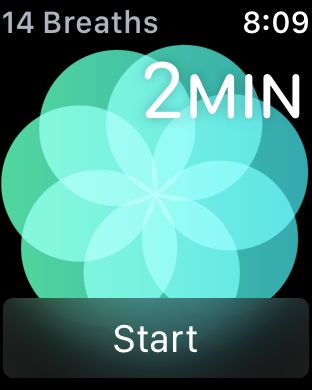









126 Comments
View All Comments
wumpus - Wednesday, December 21, 2016 - link
Can you program it at all?All I need a "smart watch" to do:
Start/stop a run tracking app.
Optional extras (biggies):
display time elapsed during run
cycle between time/heart rate/pace
show current time when not running (especially if insufficiently clunky)
display phone number/name of whose calling
I might find other apps after purchase, but those are the issues I need. Pebble was launched primarily on runkeeper integration, but failed hard (especially hard is the start/stop functionality: being able to lock your phone and put it in your pocket would be key.
michael2k - Tuesday, December 20, 2016 - link
By that measure, why buy an iPhone when you've got $400 laptops and $99 Android phones?sadsteve - Tuesday, December 20, 2016 - link
Heh, I didn't buy an iPhone. My new laptop was $650 (had separate graphics card with 2GB memory) and my Android phone was only $29.Ratman6161 - Tuesday, December 20, 2016 - link
You are asking the wrong question :). The question (for people who already own iPhones) is why buy the watch when I already own the iPhone? Keeping in mind the reviewer makes a fairly extensive case to say that the watch is an extension of the phone and not a stand alone device. So the question is, what does the watch add to the overall picture? By the way, I'm a Samsung phone user (Note 5) but I'm not buying the Samsung watch either.So what does it add to the experience? What I'm mostly interested in is fitness tracking. I could see how such a thing, or a fit bit etc could be helpful to someone just getting started. But for those of us who have been at it (fitness) for a while - going on 20 years for me - all I need is a simple heart rate monitor and I don't even use that all the time. After a while you get to know what a certain heart rate feels like based on breathing and don't really need the readout except as an occasional check. On my bike, I need speed, distance and cadence in addition to hear rate. Speed and distance could be calculated from GPS data but cadence (rotations per minute of the crank arms) has to come from a sensor on the bike. The racers and others more hard core than me also measure their power output. I don't see anything like a smart watch being able to really replace a specialized bike computer.
I also don't want one expensive device that isn't useful without also having a different expensive device.
Ratman6161 - Tuesday, December 20, 2016 - link
PS: OK, I know this is a personal bias. But my first thought when I saw the picture at the beginning of the story was "it looks like a cartoon".Cliff34 - Wednesday, December 21, 2016 - link
Personally, I don't need all the data to track speed, HR and distance. I used to do triathlon and thos things matter bc I need to know how far and fast I am training.But for the everyday user, where fitness is more for health reasons rather than athletic performance, it is a bit over kill.
Sure you can be the data geek to find out and graph how much training you've been doing. But the data is more to show than for actual athletic improvement.
During my triathlon era, we often joke that the time we spent tracking and 'analyzing' our data can be better spent putting in more hours to get the body fitter (and faster).
Right now, i am not training to race now. So i just run or exercise however I feel like it. The only data i track is my time and that you don't need any fancy gadgets.
rhysiam - Wednesday, December 21, 2016 - link
While I agree that all the fitness tracking features are "a bit overkill", in the end of the day loads of people find them helpful. It's not really about the tracking data, it's about the reward system such data makes possible. From a psychological perspective, gaining rewards, however trivial, ultimately reinforces our behaviours. There is a whole industry of repetitive, reward based games that tap into this (Pokemon GO being the most successful example of late).Fitness trackers, settings goals, gaining rewards, etc., are mostly based on a similar behaviour -> reward -> behaviour loop. While I'm sure we'd all love to be entirely self motivated and not require any external rewards, in the end of the day if those things help some people get up and active instead of hitting the snooze button again, or just staying in front of a screen, who really cares?
Flunk - Tuesday, December 20, 2016 - link
Not that many people do, Apple controlled a shrinking 11.7% of the smartphone market as of Q2 2016.IDC: http://www.idc.com/prodserv/smartphone-market-shar...
KoolAidMan1 - Thursday, December 22, 2016 - link
And yet they still dominate app revenue, mobile ad revenue, mobile internet traffic, and smartphone profits.Whoever is buying those iPhones is using them a hell of a lot more than whoever is buying whatever else is out there, that much is clear.
jospoortvliet - Sunday, December 25, 2016 - link
I would guess this has something to do with the big 'installed base' and longer life cycle for iPhones. Also because their owners are more likely to be well off (iPhone markets hare is higher in the us than India or afrika -- surprise).And absolute sales is the decreasing, relative sales is. There is a shift, though, with some countries selling very few iPhones to the point where local app development for Apple becomes less of a priority (Spain is an example). This is of course a risk for Apple- if they loose their spot of top app development target or even become not-a-target they will fall in a vicious circle of people not buying their device especially for lack of apps and developers not developing for lack of users. They are not there yet is most of the world but in some regions, as I said- getting close.